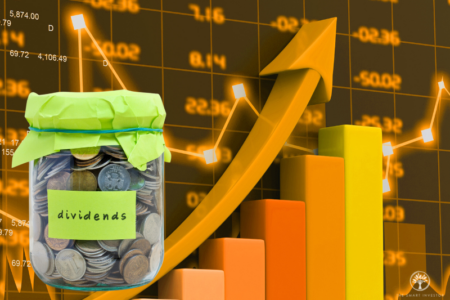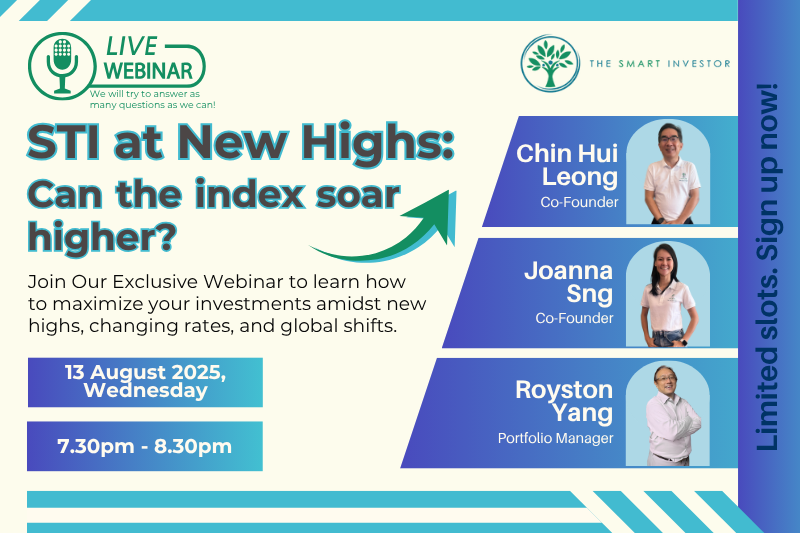The US administration has dubbed 2 April as Liberation Day. It is the day when America said it will unleash a volley of import tariffs on both friends and foe. Levies of up to 25% have been mentioned. But judging by the track record of this new administration, it could be all talk and very little action.
But investors are nevertheless frightened, and understandably so. The imposition of levies can be highly destabilising. What’s worse is that we have no idea which country or what products could be hit. Could it be pharmaceuticals? Could it be motor vehicles? We have no idea. So, it is the fear of the unknown rather than the tariffs themselves that has rattled the markets.
What we do know is that import tariffs, if they do become a reality, can be inflationary. The idea that the exporting country will pay the tariffs highlights just how naive the US administration is. Import tariffs are borne by the importing country. Consequently, the higher cost will be born firstly by the importer, and then by end users, namely US households.
Consumer spending is an important pillar of a country’s economic growth. In the US it can account for as much as two-thirds of the country’s GDP. A slowdown in consumer spending could not only cast a shadow over the US economy, but it could even drag the country into a technical recession.
Question is whether the US can find viable substitutes for imported goods. It is also hoping that manufacturers will relocate some of their operations to the US. But that is also naive. Moving plants and machinery is not trivial. Nor can it be done quickly and cheaply. Consequently, businesses are unlikely to commit capital investments into a country where a capricious administration can change its mind from one minute to the next.
The upshot is that the twin threat of inflation and an economic slowdown could force the US Fed to choose between the two evils. If it addresses inflation by raising interest rates, the economy could deteriorate further. If it tries to bolster the economy through monetary easing, inflation could become entrenched.
It could decide to do nothing, which is the more likely. Meanwhile, economies outside of the U.S. could embark on monetary easing, which could underpin or boost the greenback. That could make it harder for America to narrow its trade imbalance with the rest of the world.
America’s experiment with tariffs failed in the 1930s. It will fail again nearly a century later. Liberation Day could easily turn into Demolition Day for America’s economy. But that is not a reason to stop investing. In times of economic downturn, focus on companies that make things that people can easily afford or can’t easily do without. It could be our best weapon against inflation.
If you’d like to learn more investing concepts, and how to apply them to your investing needs, sign up for our free investing education newsletter, Get Smart! Click HERE to sign up now.
Get more stock updates on our Facebook page. Click here to like and follow us on Facebook.
Disclosure: David Kuo does not own any of the shares mentioned.






